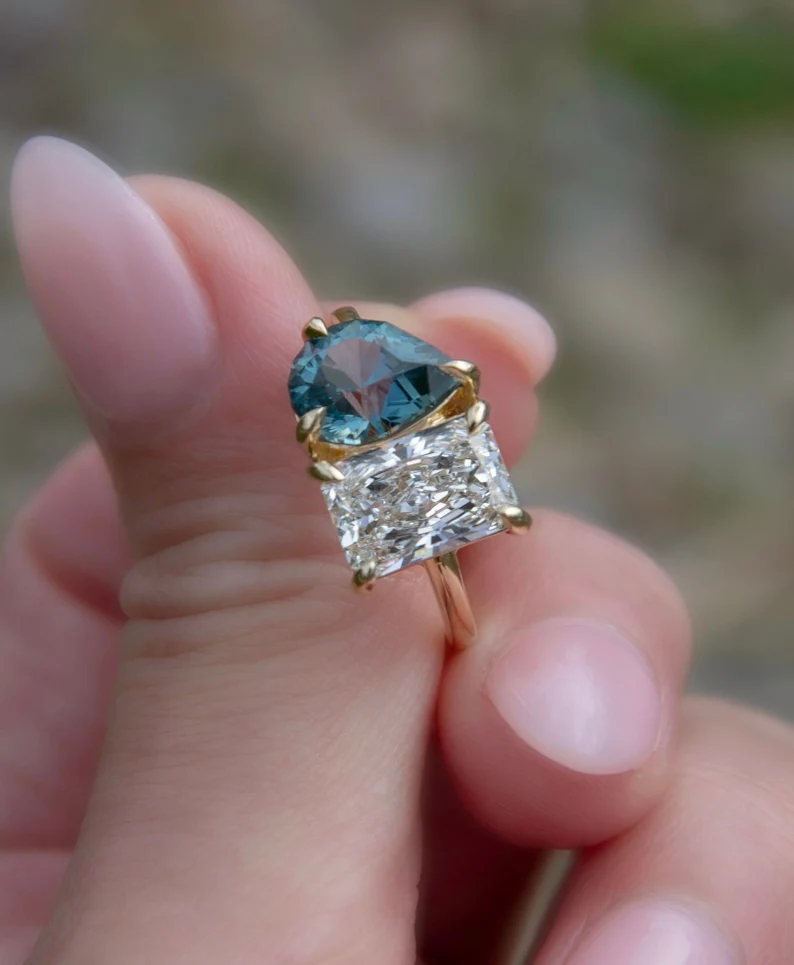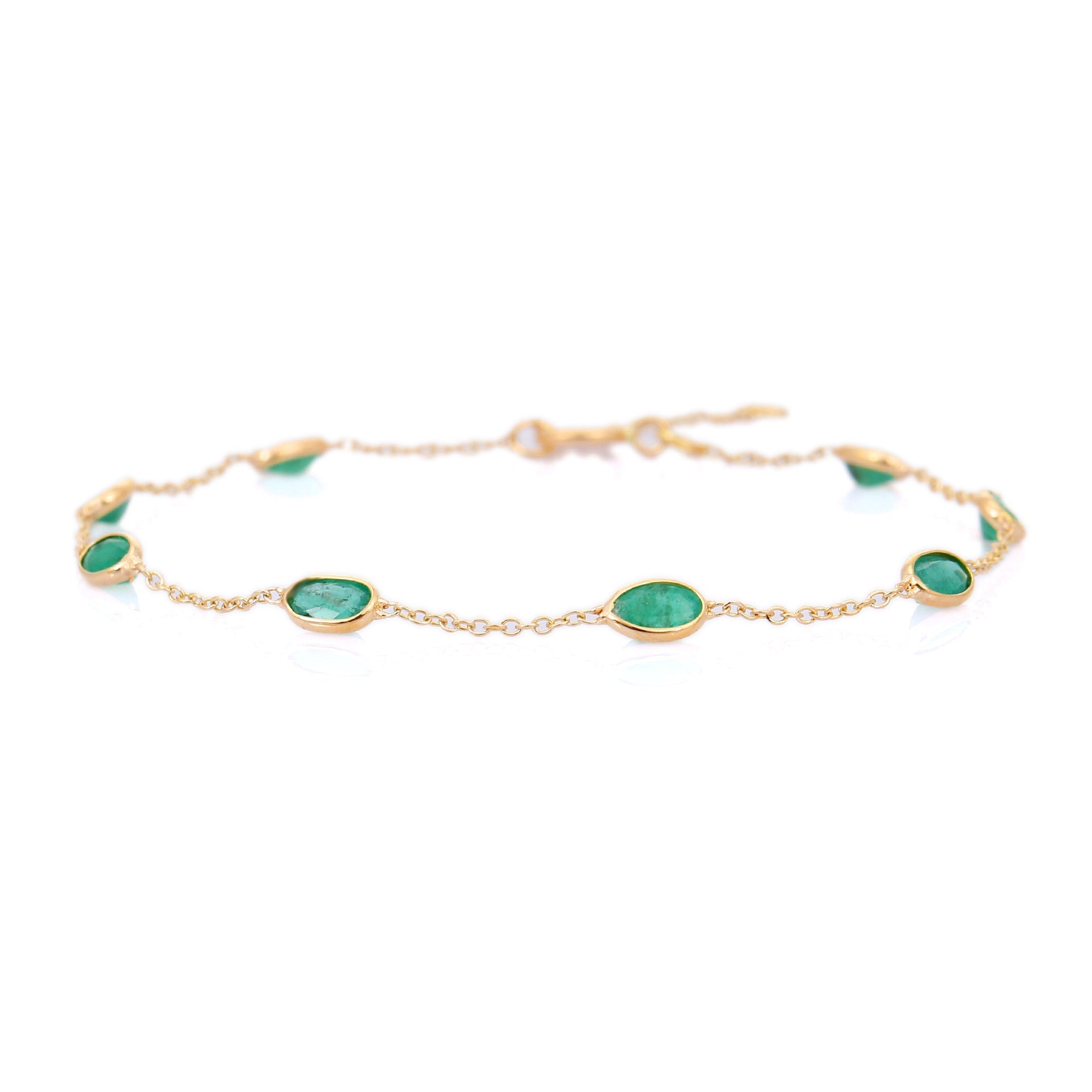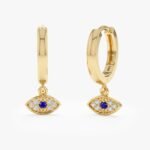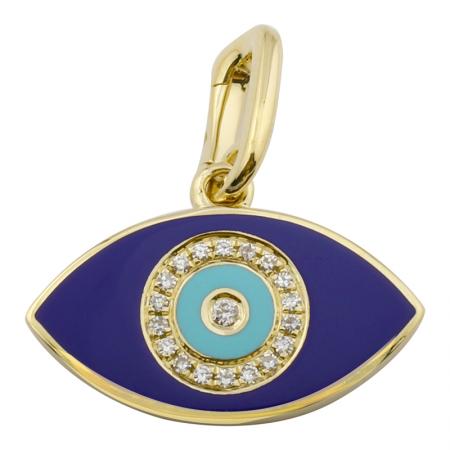Engraving Fonts: Why Some Wear Off Faster Than Others

Engraving can make a piece of jewelry personal and meaningful. But some engraved letters disappear faster than others. The main reason is simple: the shape of the letters and how they’re cut determine how much metal is left to resist everyday wear. Combine that with the metal type, engraving depth, placement and engraving method, and you get a clear picture of why some fonts last and others don’t.
How font design affects wear
Fonts differ in stroke width, contrast, and tiny details. Those differences change how much metal remains after cutting and how stress concentrates on the edges.
- Thin strokes and hairlines: Fonts with very narrow lines or hairline strokes (common in script or delicate serif faces) leave less metal around the letter. Less metal means the letter erodes faster under friction. For example, a cursive name with fine connecting lines will fade more quickly than bold block capitals.
- High-contrast serifs: Some serif fonts have thick main strokes and very thin serifs or terminals. The thin parts wear away first. Times-style fonts look elegant but create fragile points at the ends of strokes.
- Closed counters and tight details: Letters with small enclosed spaces (like “a”, “e”, or “o” in some styles) trap dirt and grit. That trapped grit acts like sandpaper and accelerates wear.
- Script and connected letters: Cursive or script fonts depend on very thin joins. Those joins are prime spots for breakage and abrasion, especially on rings that rub against other surfaces.
Material and engraving depth
The metal and how deep the engraving is are as important as the font. Depth and residual metal thickness determine longevity.
- Metal hardness: Higher-karat gold (18k, 22k) contains more pure gold and is softer than lower-karat gold (14k, 9k). Soft metals wear faster, so an 18k gold band with a fine font will fade sooner than a 14k band with the same cut. Platinum and palladium alloys are generally tougher and hold sharp cuts longer.
- Depth recommendations: For inside-ring text, a practical minimum depth is about 0.3–0.5 mm. For exterior or high-wear areas choose 0.5–0.8 mm when the band thickness allows. Shallower cuts are more vulnerable to abrasion.
- Stroke width and letter height: Aim for stroke widths no less than 0.4–0.6 mm and letter heights of at least 1.5–3 mm on ring shanks. Tiny strokes under 0.3 mm will disappear quickly, especially on softer alloys.
- Cut profile: A U-shaped or rounded-bottom cut spreads wear better than a very thin V-cut. V-cuts look crisp but concentrate contact at a sharp edge, which can dull faster.
Engraving methods and durability
The way a jeweler engraves your piece changes both the appearance and the lifetime of the letters.
- Hand (graver) engraving: A skilled hand engraver can cut deeper and shape the groove to make letters durable. Hand engraving often uses V-cuts but can be tailored for strength. It’s excellent for antique styles and deep, long-lasting cuts.
- CNC/mechanical engraving: Consistent and precise. Cut shape depends on the tool. Using a larger cutter gives wider strokes and better durability. Machine cuts are good for block fonts and consistent depth.
- Laser engraving: Laser can create extremely fine detail and is great for tiny text. But lasers often remove less material — the engraving can be very shallow. On high-wear jewelry this shallow etching will fade sooner than a mechanical cut. Some lasers can ablate deeper but that’s less common and can change metal properties at the edge.
Placement and daily wear
Where you put the engraving matters as much as how you design it.
- Inner shank: The inside of a ring is the most protected spot. Engraving here sees little direct abrasion and lasts longest. It’s the best place for longer messages or delicate fonts.
- Outer surface and bezel: These areas get knocks and rubbing. Choose bold, simple lettering and deeper cuts for exterior placement. Fine scripts on the outside will smooth away in months or years.
- Edges and thin areas: Avoid placing thin text on a very narrow band or near edges. Thin metal can deform, and engraved letters near a seam or solder joint may be affected by repairs.
Practical, specific recommendations
Choose fonts and specifications that match how the piece will be worn. Below are clear, actionable guidelines.
- Font choice: For durability pick bold, low-contrast fonts with even stroke widths. Examples: bold sans-serif capitals or classic block Roman capitals. Avoid delicate scripts and high-contrast serifs for exterior or work-worn rings.
- Size and depth: Inside-ring text — letter height 1.5–3 mm, depth 0.3–0.5 mm. Exterior text — letter height 2–4 mm, depth 0.5–0.8 mm. Stroke width minimum 0.4–0.6 mm depending on metal softness.
- Method: For long life choose a mechanical or hand engraving with a U-shaped or slightly rounded profile for high-wear areas. Reserve laser for very fine interior messages that you understand may fade sooner.
- Metal selection: If you want a very long-lasting engraving, prefer harder alloys or platinum. If you prefer high-karat gold for color or value, choose a simpler, bolder font and deeper cut to compensate.
- Finishing and plating: If a white gold piece is rhodium-plated, be aware plating can fill shallow cuts or wear off and temporarily change how the engraving looks. Ask your jeweler whether to plate before or after engraving to avoid masking text.
Care and reworking
Engraving isn’t always permanent. You can preserve or restore it with basic care and service.
- Avoid abrasive cleaners: They accelerate wear on shallow engraving. Use mild soap and a soft brush to clean engraved areas.
- Inspect periodically: If letters are smoothing, a jeweler can re-cut or re-engrave the text. Deeper re-cuts may be possible depending on metal thickness.
- Plan for re-engraving: If the message is sentimental, consider engraving on the inner shank or adding a second deeper engraving later.
In short: pick plain, bold fonts when you want an engraving to last. Match depth and stroke width to the metal and location. Choose engraving methods that remove enough material to leave a durable shape. These choices, more than anything else, decide whether the letters stay clear for decades or blur away in a few years.




